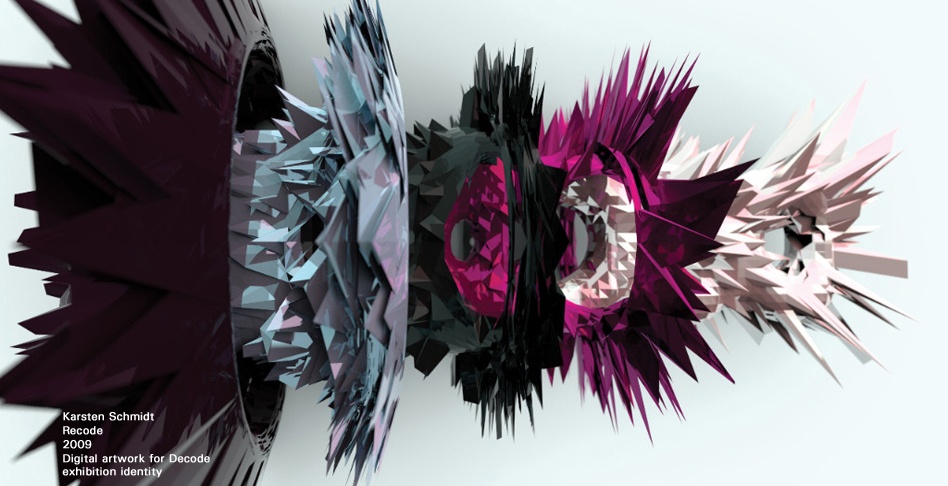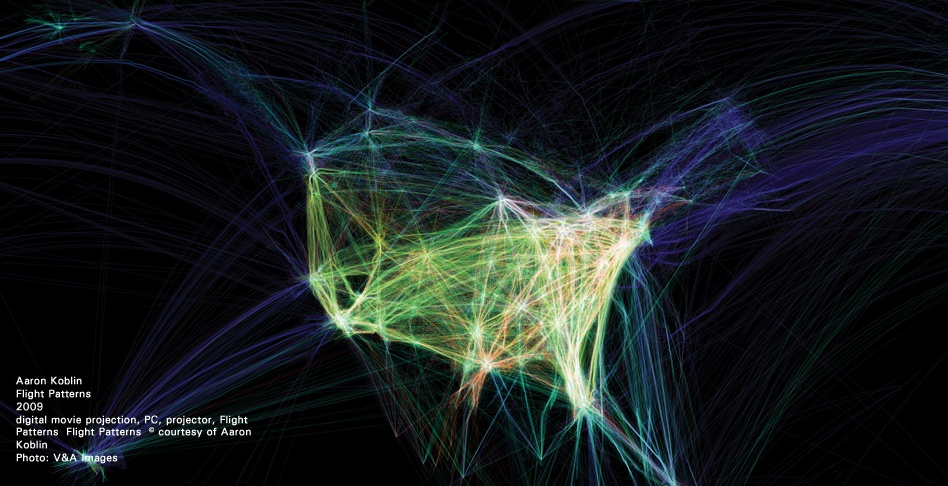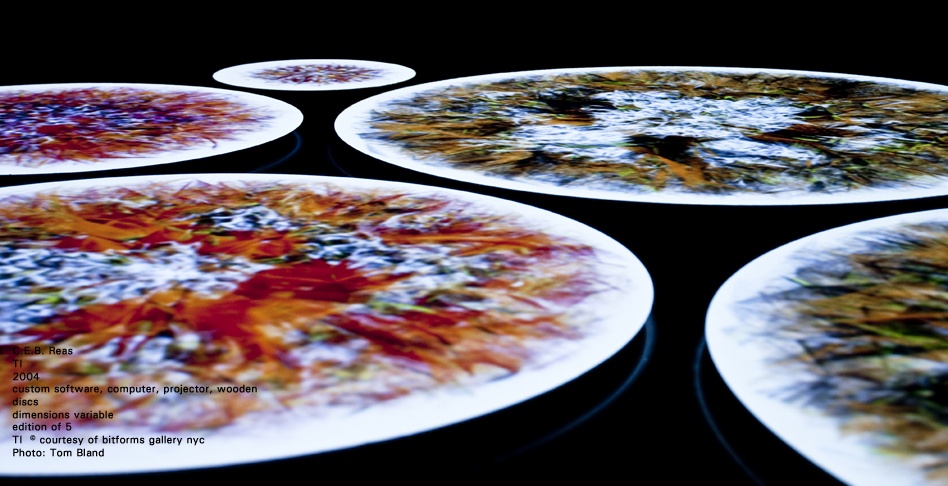A screen that builds the visitors image in snow and an interactive tree
which responds to the wind outside will be among the digital works that feature
in Decode: Digital Design Sensations. The exhibition will show the
latest developments in digital and interactive design at Garage Center for
Contemporary Culture in February 2011. From small screen based graphics to
large-scale installations, there will be work by established international
artists including Rafael Lozano-Hemmer, Daniel Brown and Daniel Rozin as well
as emerging designers such as Troika and Simon Heijdens.
Digital technologies are providing new tools for artists and designers, some
works exist in a state of perpetual evolution; others are altered by the
behaviour of the spectator. Artists at Decode therefore blur the
boundaries between practices, between programming and performance, creator and
participant.
Decode looks at three current themes, Code shows how
computer code - whether bespoke and tailored, or hacked and shared – has become
a new design tool. Interactivity presents works that respond
to our physical presence. Network charts or reworks the traces
we leave behind.
Code will present pieces that use computer code to create new
designs in the same way a sculptor works with materials such as clay or wood.
This section will look at how code can be programmed to create constantly fluid
and ever changing objects and includes the enigmatic environment of growing
digital discs by Casey Reas and Rafael Lozano-Hemmer’s boxes of kissing couples
who start waves of ‘making out’ when visitors pass-by.
The second theme, Interactivity, will look at designs where
the viewer directly influences the work. Works include Daan Roosegaarde’s
interactive landscape Dune and Ross Philips Videogrid which creates a
compelling visual of syncopating facial expressions and body movements by
visitors for visitors.
The final theme, Network, will focus on works that comment on
and utilise the digital traces left behind by everyday communications, from
blogs in social media communities to mobile communications or satellite tracked
GPS systems. This section explores how advanced technologies and the internet
have enabled new types of social interaction and media for self expression.
Designers reinterpret this information to create works that translate data into
striking forms. These range from live, real-time visualisations of flight
patterns by Aaron Koblin to a data mining project by Jonathan Harris and Sep
Kemvar. Their project We Feel Fine extracts comments by bloggers from
all over the world on how they are feeling and represents the information as
colourful, floating spheres.
Supported by MTS.
The exhibition Decode: Digital Design Sensations was organised by the
Victoria and Albert Museum, London in collaboration with onedotzero
www.vam.ac.uk

www.onedotzero.com





